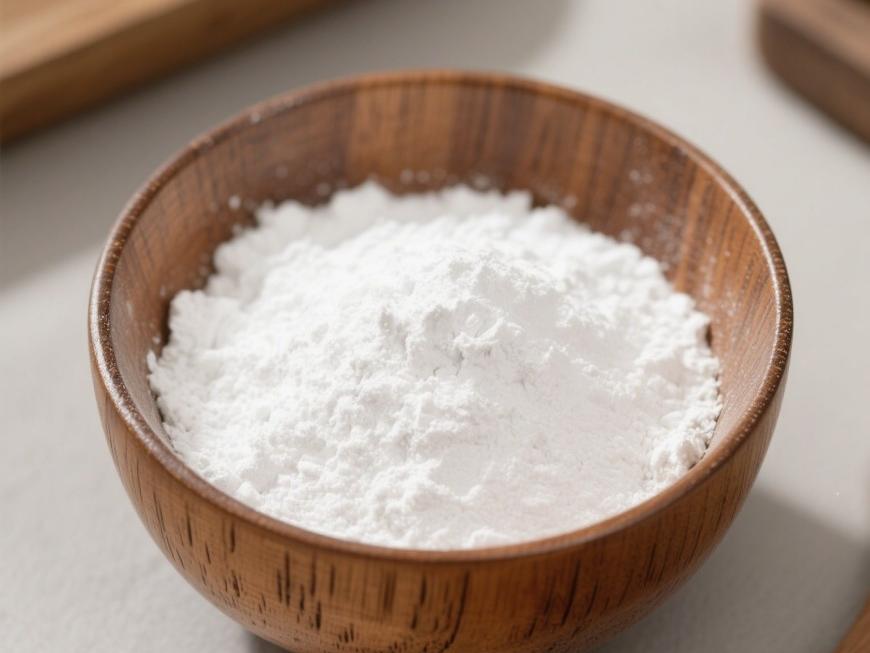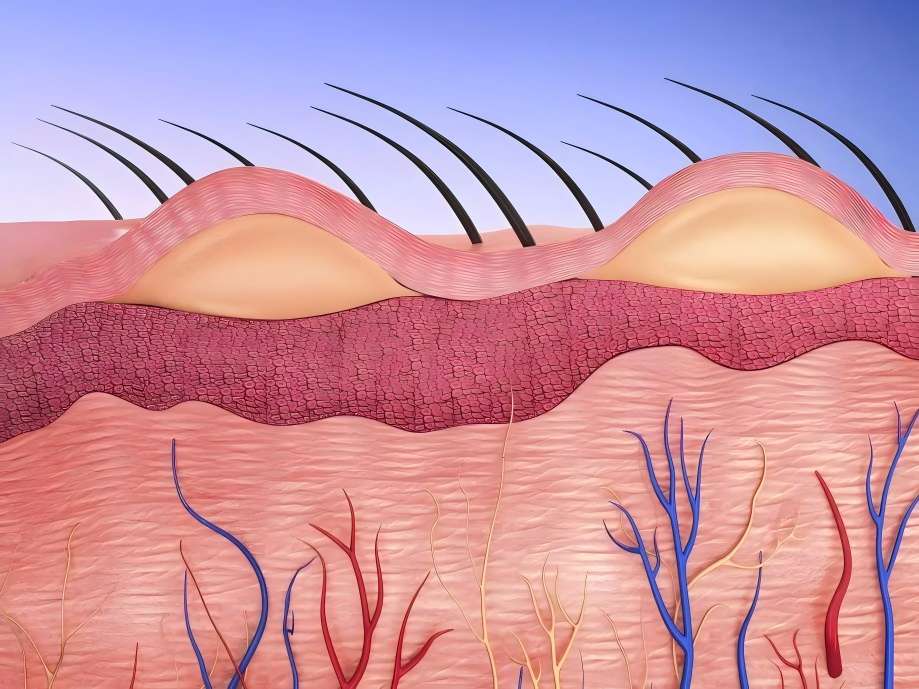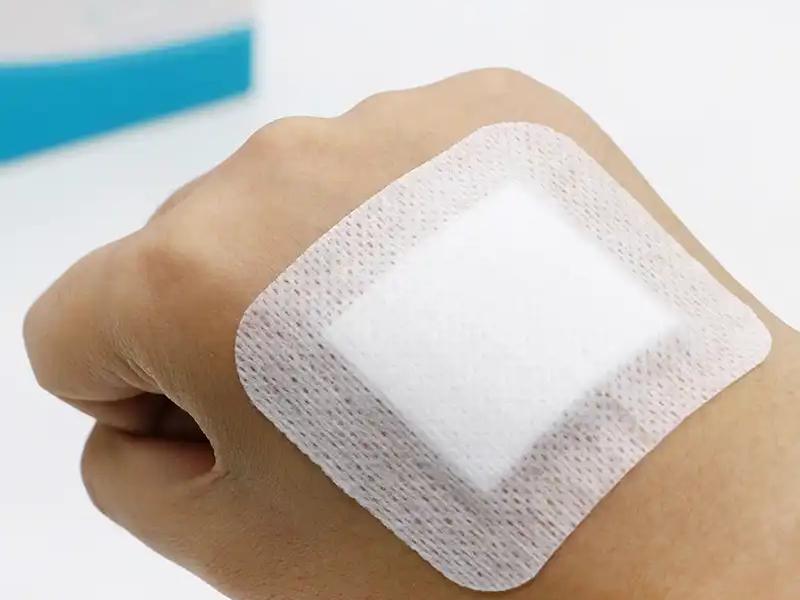What Is the Use of Hyaluronic Acid for Skin in Hindi?
Many skin scientists have shown a growing interest in hyaluronic acid, as the skin is an important reservoir of hyaluronic acid and an essential component of the extracellular mesenchyme (ECM), which plays an important role in the maintenance of the skin's morphology, structure and function. There are at least three English names for hyaluronic acid [1. 2]: Hyaluronan, Hyaluronan, Hyaluronan, and Hyaluronan. 2]: hyaluronan, hyaluronicacid, hyaluronate. glucuronic acid, isolated from the vitreous body of the cow's eye in 1934, was the earliest glycoside found to contain hyaluronic acid [2].
Hyaluronic acid has good moisturising properties in Hindi, where it is used as a carrier for medicines, and skin care is closely linked to the pharmacological action of drugs [3]. Hyaluronic acid also plays an important role in the pathogenesis of many dermatological diseases4], as it is a natural macromolecule with the ability to retain water and moisturise the skin, and is widely used in cosmetics.
1 Biology of hyaluronic acid
1.1 Biological structure
Hyaluronic acid (HA) is an important class of aminoglycans, and its disaccharide does not contain sulfate groups, so it is also called non-sulfated aminoglycans. The disaccharide units of hyaluronic acid are glucuronic acid (GlcUA) and N-acetylglucosamine (GlcNAc), which are linked to GlcNAc by the β1,3 bond of GlcUA, and to the next GlcUA by the β1,4 bond of GlcNAc. UDP-glcA provides D-glycuronate for the synthesis of hyaluronic acid through epimerisation at the C5 position, and hydrogen bonding between the 4-OH of GlcNAc and the O-acetyl group of GlcNAc is formed by bridging the water molecules, which is an important function in maintaining the natural activity of hyaluronic acid in the skin. At the same time, GlcUA has a strong acidic structure similar to that of AHA, but is completely neutral in the body. The bound form of hyaluronic acid exists as the hyaluronan receptor complex (HARV) [5].
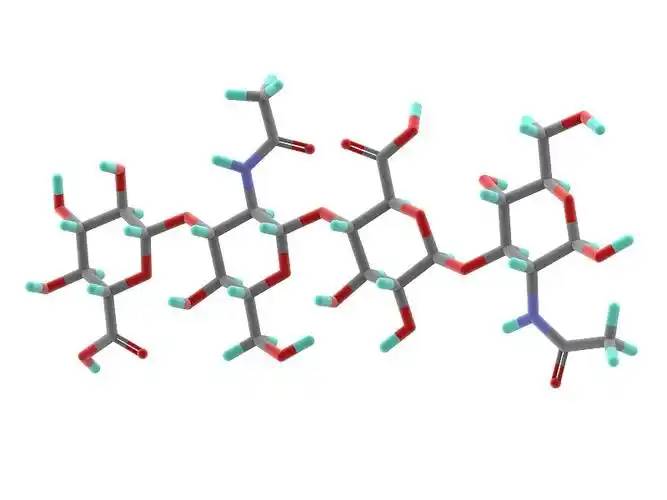
1.2 Biosynthesis
The main site of hyaluronic acid biosynthesis in the body is the plasma membrane of fibroblasts or other cells, but also keratinocytes in the epidermis. Hyaluronic acid is synthesised rapidly in the body and is rapidly excreted or broken down. Its synthesis is influenced by hormones in the body, age, environmental factors and other factors. Hyaluronic acid is degraded by the enzyme hyaluronidase, which is produced by a variety of cells and first degrades hyaluronic acid to a medium-sized molecule of 20 KD containing 50-60 disaccharide units, which is then further degraded by other enzymes to oligosaccharide molecules. The half-life of hyaluronic acid in plasma is 2.5 min to 5.5 min, and urinary excretion is less than 1% of total clearance [6].
2 Skin and hyaluronic acid
2.1 Distribution in the skin
Hyaluronic acid is synthesized by fibroblasts, keratinocytes or the plasma membrane of other cells. Hyaluronic acid exists in almost all tissues and fluids of the body, and the content of hyaluronic acid in the umbilical cord is 4100mg/L, and the content of hyaluronic acid in the bursal fluid is 1420mg/L~3600mg/L. However, the content of hyaluronic acid in the blood is only 0.01mg/L~0.1mg/L, and the content of hyaluronic acid in the urine is 0.1mg/L ~0.5mg/L. The amount in the urine is only 1% of the total amount excreted [6]. ~ However, blood contains at least 0.01mg/L to 0.1mg/L, and urine contains 0.1mg/L to 0.5mg/L. More than half of the body's hyaluronic acid is located in the skin. It is enriched in the epidermis and dermis, where it is most abundant in the middle of the stratum spinosum and decreases gradually to the basal layer; however, hyaluronic acid does not exist at all in the stratum granulosum and stratum corneum. Staining with hyaluronic acid reveals that the intensity of staining is in descending order: epidermal intercellular space, papillary dermis, reticular dermis [1.2].
2.2 Hyaluronic acid and wound healing
Hyaluronic acid also plays an important role in the process of skin wound healing7], Hyaluronic Acid is one of the substances that reach the wound very early after injury, and the one that reaches the wound is the high molecular hyaluronic acid. When the body is in a metabolically stable state, HA binds to fibrinogen in the blood and forms a fibrous reticulum as a skeleton in combination with fibrin. hyaluronic acid is degraded under the action of hyaluronidase in 6-10 days, which stimulates the subsequent wound repair until the wound is completely repaired.
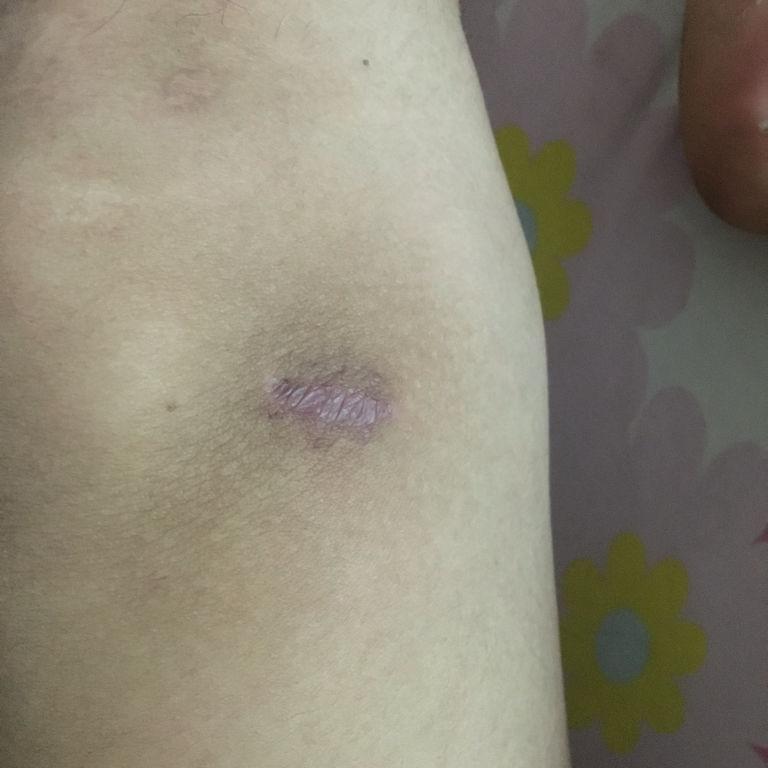
The time of inactivation of the enzyme of Hyaluronic Acid is in line with the change from the cell wandering and proliferation of the wound to the differentiation of the cells and maturation of the wound. Hyaluronic acid also enhances the action of thrombin at the site of injury, acting as a catalyst for fibrous clot formation. It also promotes pathological phagocytosis by monocytes. Due to its water-retaining and hydrating properties, HA facilitates cell movement by enlarging the intercellular space, creating a suitable environment for inflammatory cells to enter and maintain their activity. At the same time, hyaluronic acid promotes the entry and adhesion of epidermal cells, but also the proliferation and travelling of fibroblasts.
It has been shown that when applied to skin ulcers, hyaluronic acid promotes wound healing, even more so than conventional treatments [8]. Its hydrating effect also promotes a constant hydrological environment in the skin, which is conducive to wound healing. It is also worth noting that the use of Hyaluronic Acid preparations on the skin surface of women during pregnancy can reduce the appearance of stretch marks and facilitate their recovery after delivery [1,13].
2.3 Hyaluronic acid and skin ageing
Hyaluronic acid, as a major component of the extracellular interstitium, has a strong water-absorbent capacity that facilitates the flow of nutrients and plays an important role in maintaining the elasticity of the skin [1,13]. As the body continues to age, the skin's hyaluronic acid content becomes less and less, reducing the amount of water, leading to shrinkage of its contents and a decrease in viscosity. At the same time, the exchange of substances and energy between the skin's tissue fluid and the bloodstream is reduced, the skin is deprived of adequate nutrients, and the cells gradually age and lose their function.
Several in vivo studies have confirmed that Hyaluronic Acid levels decrease during the maturation process. In vitro experiments have shown that hyaluronic acid levels also decrease during cellular ageing [1,2,9]. Specifically, hyaluronic acid staining decreases in the middle stratum spinosum and basal layer of the epidermis during aging, and in the dermis around collagen fibres and between collagen and elastin fibres, while staining increases in the papillary layer of the dermis. The decrease in hyaluronic acid content of the dermis can cause the aging skin to lose its fullness and microvascular support, leading to the appearance of wrinkles and a decrease in skin elasticity. Pulsed EMF treatment, however, resulted in a sense of fullness, a reduction in wrinkles, and an increase in the content of amino-polysaccharides such as hyaluronic acid in the extracellular mesenchyme and between elastin fibres and collagen fibres. Other researchers have found that hyaluronic acid is reduced in the upper epidermis, and that hyaluronic acid is still present in the dermis of aged skin, but not in the epidermis. A decrease in free hyaluronan and an increase in bound hyaluronan were also found, suggesting that hyaluronan-binding proteins (HABPs) are also strongly associated with ageing, and that their levels are elevated during ageing, with fetal bound hyaluronan accounting for 7% of total hyaluronan compared with 23% in aged skin.
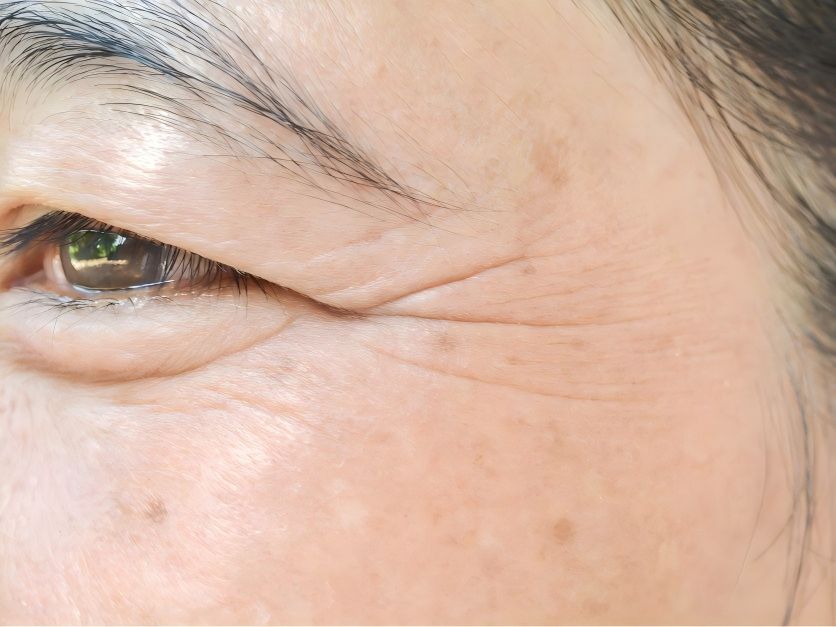
Fetal fibroblasts exhibit greater cell mobility than adults, which is related to the amount of Hyaluronic Acid produced by these cells [10]. Adult cells produce less Hyaluronic Acid, as hyaluronidase inhibits the movement of fetal fibroblasts, and a significant correlation was found between hyaluronic acid production and cell movement. A significant correlation was also found between hyaluronic acid production and cell wandering, while there is still no clear correlation between the decline in hyaluronic acid content and age.
3 Application of hyaluronic acid in cosmetics
3.1 Water retention and moisturising properties of hyaluronic acid
Relative molecular mass of 4 × 10⁶ of hyaluronic acid molecular chain length of 10μm, due to the straight chain axis of hydrogen bonding between monosaccharides, Hyaluronic Acid molecules in the space of a rigid helical column, radius of 200nm, the inner group of a large number of hydroxyl groups by the hydrophilicity of the hydrophilic group, the solution and the affinity for the water is about 1,000 times the mass of its own, but also because of the helix of the space of the outside has a hydrophobicity, so that the water in the spiral column immobilised, the water in the water. The hydrophobicity on the outside of the helical space makes the water immobile and not easy to be lost inside the helical column. At the same time, hyaluronic acid solution has unique hydrodynamic properties, with good viscoelasticity and strain, the low concentration of the solution is mainly viscous, while the high concentration of elasticity [1~3].
Despite the inconsistent results, it is clear that Hyaluronic Acid can act as a cellular barrier and lubricant to collagen, while at the same time facilitating the separation of tightly bound cells and allowing the cells to travel to the site of proliferation (e.g., site of injury, etc.). The synthesised Hyaluronic Acid forms directly into the extracellular matrix and is generally found as a periplasm on the surface of cell membranes. Hyaluronic acid is mainly found in rapidly proliferating, rebuilding and repairing tissues. Its biological role is mainly to maintain the extracellular space of tissue cells, to accelerate the flow of ions, solutes and nutrients and to maintain tissue hydration. This is due to the excellent water-absorbing and moisturising properties of Hyaluronic Acid.
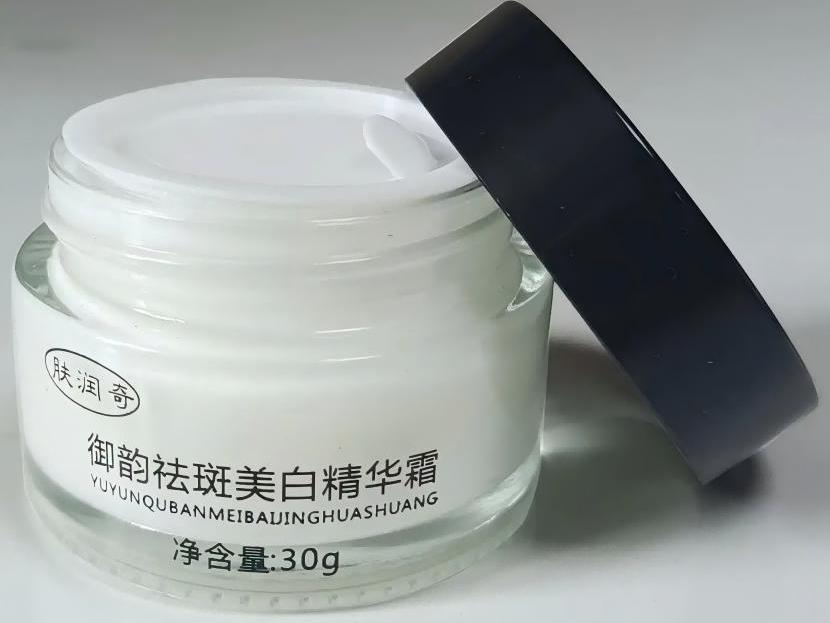
Specifically, Hyaluronic Acid-rich ECM can draw a large amount of water from the dermis, and at the same time prevent evaporation and loss of water due to the epidermal lipid barrier, thus maintaining a constant hydrological environment in the skin []. Therefore, hyaluronic acid is widely used in cosmetics as the most ideal natural moisturising factor. Therefore, many cosmetic manufacturers at home and abroad make use of hyaluronic acid's natural water-absorbing and moisturising effects to add hyaluronic acid to cosmetics, making them suitable for use in different skin types, climates and environments. It not only makes the manufacturers gain certain benefits, but also plays a certain function to meet the needs of consumers, and it is especially suitable for people with dry skin and in cold and dry environments.
3.2 Anti-aging effects of hyaluronic acid
Hyaluronic acid has excellent functions in improving the physiological conditions of the skin, such as providing sufficient moisture to the stratum corneum, strengthening the skin barrier, providing an excellent external environment for the synthesis of dermal collagen fibres and elastin fibres, and enhancing the supply of a variety of nutrients, which is effective in skin care and skin maintenance. In addition, in vitro or animal studies have found that: ① hyaluronic acid bound on the cell surface can block the release of some cellular enzymes to the outside of the cell to reduce the production of free radicals, and hyaluronic acid bound on the cell surface can restrict several enzymes that produce free radicals and lipid peroxidation from approaching the cell membrane, and reduce the influx of hydroxyl radicals on the surface of the cell membrane.
Free radicals play an important role in destroying cell structure, generating lipid peroxidation and causing aging. ② Low molecular weight hyaluronic acid (LMW-HA) was also found to have anti-inflammatory and pathological inhibiting effects in rodents. Hyaluronic acid can provide a suitable matrix for cell proliferation and differentiation, and at the same time, the hyaluronic acid bound on the cell surface can directly transmit the external growth signals to the cells, which can directly promote the proliferation, reconstruction and repair of the tissues, and promote the recovery of the ECM function, so as to recover the elasticity and fullness of the skin. Its excellent matrix space structure and ability to maintain water balance play an important role in improving the internal environment of skin tissues and the supply of nutrients, thus showing a certain anti-aging effect. Therefore, people use hyaluronic acid to inhibit the pathological phagocytosis of animal cells, use it to inhibit inflammation, inhibit the production of free radicals, etc., and water retention and moisturisation combined with the application of cosmetic products, to achieve anti-wrinkle and anti-inflammatory, rejuvenation and anti-ageing effect [11,12].

Although the polymer Hyaluronic Acid was found to have the effect of delaying skin aging in animal studies, these so-called anti-aging cosmetics have been found to have the effect of delaying skin aging in animal studies. However, most of these so-called anti-aging cosmetic substances are based on their temporary hydration or moisturising effect, which reduces blemishes, imperfections and other undesirable symptoms from the skin's appearance, but does not promote the synthesis of extracellular mesenchyme (ECM) such as collagen fibres and elastin fibres by the dermal fibroblasts from the skin, which is particularly important to promote the synthesis of Hyaluronic Acid. Only by penetrating into the dermis and stimulating the synthesis of Hyaluronic Acid can the aging process of the skin be stopped at all. In mice, oestradiol administration in the skin promotes the synthesis of Hyaluronic Acid1,2,12]. In vitro studies have shown that the addition of CaCl₂ to the culture medium inhibits HA synthesis by keratinocytes, while microformic acid promotes Hyaluronic Acid production. Addition of ascorbate and cortisone to cultured skin fibroblasts reduced hyaluronic acid synthesis. Fibroblast progeny experiments also confirmed that the production of hyaluronic acid by fibroblasts after 24 generations was two times lower than that of fibroblasts after only nine generations, indicating that the synthesis of Hyaluronic Acid by senescent fibroblasts is reduced, and that the addition of hyaluronidase to the culture medium stimulated the re-synthesis of Hyaluronic Acid and stimulated the cellular proliferation [13].
At the same time, there are few published studies on the evaluation of the effects of HA application on normal human skin. Overseas experimental studies are generally based on damaged skin, as it is generally considered to be unable to cross the normal skin barrier.4 Stem synthesised [12] that small molecular amounts of HA (LMW-HA) (150 KD) derived from bovine trachea hydrolysed by endopeptidases were used in human experiments, and concluded that HA was beneficial for normal hydration. The authors also claimed that the slow response of intact skin to cosmetic and dermatological treatments is not conducive to a correct interpretation of their efficacy and that the limitations of their study are obvious. The results of in vitro or population studies on the effects of HA when added to cosmetic products are generally based on measurements of skin capacitance, water evaporation and keratinisation after application3 [14], and there is a lack of studies on the delay of skin hydration. 14], there is a lack of objective, comprehensive and scientific evaluation of skin ageing. Although domestic and foreign cosmetic manufacturers are using HA, the exact effect of HA on normal skin (moisturising and anti-aging) has not yet been scientifically proven in a complete and systematic way.
In conclusion, hyaluronic acid has a certain and clear effect when administered in vivo or by other means, with excellent water absorption and moisturising functions, promoting the supply of nutrients to the skin and maintaining the constancy of the skin's hydrological environment, and preventing and alleviating skin aging. Therefore, it has been widely used in cosmetic products. In the past, HA was derived from animal tissue extracts (such as chicken crown, umbilical cord, cow's eye or microbial fermentation, etc.), and due to the possibility of contamination and allergy, it has now been transferred to the production of genetically engineered strains.The research and development of the production of HA as well as the exact efficacy of HA on the normal skin of the human body deserves further study, so as to facilitate its wide application in cosmetics.
Reference
[1] Manuskiatti W et al.Hyaluronic acid and skin:wound healing and aging.IntJ Dermatol,1996,35(8):539~544
[2] Laurent TL et al.Hyaluronan.FASEBJ,1992,6:2397~2404
[3] Noge Y.Molecular and cellular studies of hyaluronic acid-modi- fied as bioadhesive carries for topical drug delivery in wound heal- ing.Arch Biochem Biophys,1994,313(2):267~273
[4] Gustafson S et al.Histochemical studies of hyaluronan and tye hyaluronan receptor ICAM-1 in psoriasis.Int J Tissue React, 1995,17(4):167~173
[5] Hardwich Cet al.Molecular cloning of a novel hyaluronan receptor that mediates tumor cell motility.J Cell Biol,1992,117(6):1343~1350
[6] Stern Ret al.Hyaluronic acid and skin.Cos&Toil,1998,113:43~ 48
[7] Pogrel MA et al.Profile of hyaluronidase activity distinguishes carbon dioxide laser from scalpel wound healing.Ann Surg,1993, 217(2):196~200
[8] Hellstrom Set al.Hyaluronan and healing of tympanic membrane perforation:anexperimental study.Acta Oto Laryagologica,1987, 442:54~61
[9] Campanile G et al.Hyaluronic acid in cutaneous intrinsic aging.Int J Dermatol,1994,33(2):119~122
[10] Fleischmajer R et al.Human dermal glycosaminolycans and ag- ing.Biochim Biophys Acta,1972,279:265~275
[11] Fox C.Advances in the cosmetic science and technology of topical bioactive materials.Cos&Toil,1997,112:67~83
[12] Rieger MM.Hyaluronic acid in cosmetics.Cos &Toil,1998,113: 35~42
[13] Moczar M et al.Stimulation of cell proliferation by hyaluronidase in vitro aging of human skin fibroblast.Exp Gerontol,1993,28: 59~68
[14] Manuskiatti W et al.Hyaluronan and skin,discussing the roles that hyaluronan may play in human skin proliferation,healing and aging.Cos&.Toil,1996,111:89~90


 English
English French
French Spanish
Spanish Russian
Russian Korean
Korean Japanese
Japanese